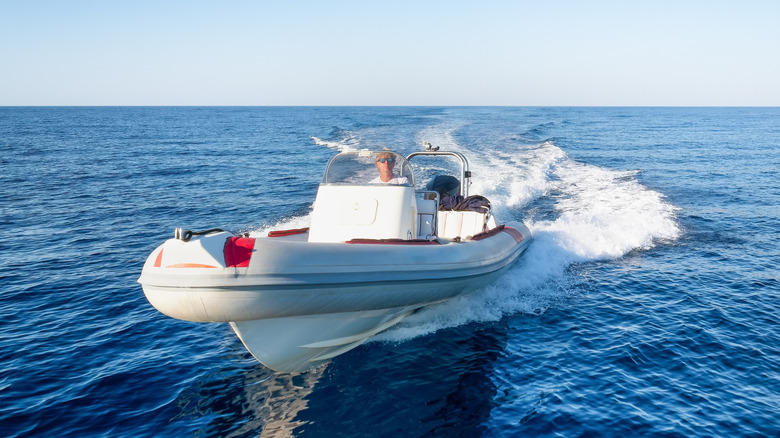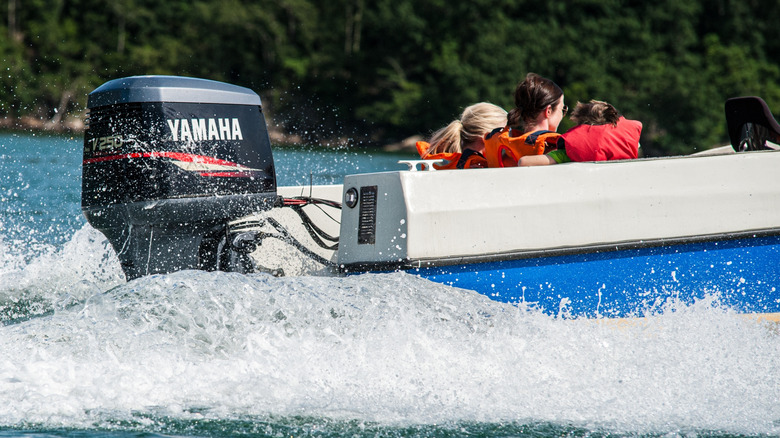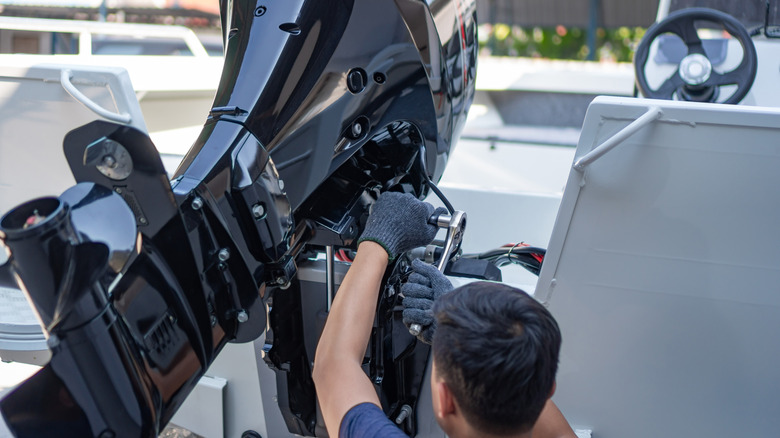What's The Difference Between An Open And Closed Loop Cooling System In A Boat Engine?
An open-loop cooling system, also called raw water cooling, draws water directly from the body of water the boat is floating in, whether it's saltwater or freshwater. That water is pulled through a seacock, filtered through a sea strainer to remove debris, and pumped through the engine's internal water jacket. As the water circulates, it absorbs heat from components such as the engine block, heads, and manifolds. The water is then pushed through the exhaust and expelled back into the sea.
It's simple and works well in freshwater environments or on boats that aren't intended for long-term use. But it comes with trade-offs. Saltwater contains minerals that crystallize and form scale inside the cooling passages when the engine operates above 140 degrees Fahrenheit. Over time, these deposits restrict water flow, causing overheating. Additionally, because saltwater flows directly through the engine block, open-loop cooling accelerates corrosion. Once internal passageways become clogged or corroded beyond repair, you're looking at a full engine replacement.
Maintenance involves regularly cleaning the strainer and inspecting the hoses, clamps, and impeller to see if they need to be cleaned or replaced. Closed-loop cooling draws water from the sea in a similar way, but the way it circulates the water differs. Let's see how.
How closed-loop cooling works
In a closed-loop setup, the engine circulates engine coolant (typically a 50-50 mix of antifreeze and distilled water) through its water jacket, just like a car engine. Instead of dumping raw water through the engine, a heat exchanger handles the cooling. The cooling system still pumps raw water from the ocean or lake, but it only passes through one side of the heat exchanger, never touching the engine block directly.
The benefit is that the engine's internals are protected from saltwater corrosion. Overheating caused by mineral buildup is largely contained within the exchanger. And if the exchanger fails, replacing it is far cheaper than replacing an engine.
Closed-loop systems run hotter (around 180 to 195 degrees Fahrenheit), which helps engines burn cleaner and more efficiently. They also operate under pressure, which raises the boiling point and reduces cavitation, which are tiny steam explosions that erode metal surfaces. Maintenance involves flushing the coolant every few years, checking the pressure cap, and watching for internal film buildup.
Which system is better?
It depends on the water body, the type of engine, and your budget. If you're running a boat on a freshwater lake and want to keep things simple, an open-loop system might be fine. Just keep an eye on the scale and inspect for debris clogs.
But if you boat in saltwater, or own anything with decent horsepower, a closed-loop system is the smarter long-term choice. It shields the engine from corrosion, maintains cleaner internals, and gives you options if something goes wrong. Have a blocked heat exchanger? You can acid boil it or replace it. But if your engine is blocked and corroded from years of raw water? That's a full rebuild (not to be mistaken for an overhaul) or worse. Closed-loop systems do demand more upkeep, but the maintenance costs are nothing compared to replacing an overheated engine or a cracked engine block.
If you're buying a used boat, ask about the last time the exhaust elbows, heat exchanger, or aftercoolers were serviced. Expect to do it yourself if there's no servicing history. Also, pay attention to cooling water flow and engine temperatures under load. Anything over 197 degrees Fahrenheit could be a sign of blockage, especially on boats older than five years.
The bottom line? Open-loop systems are fine for light use in clean water. For everyone else, closed-loop systems offer better protection, longer life, and fewer nightmares when something inevitably goes wrong.


